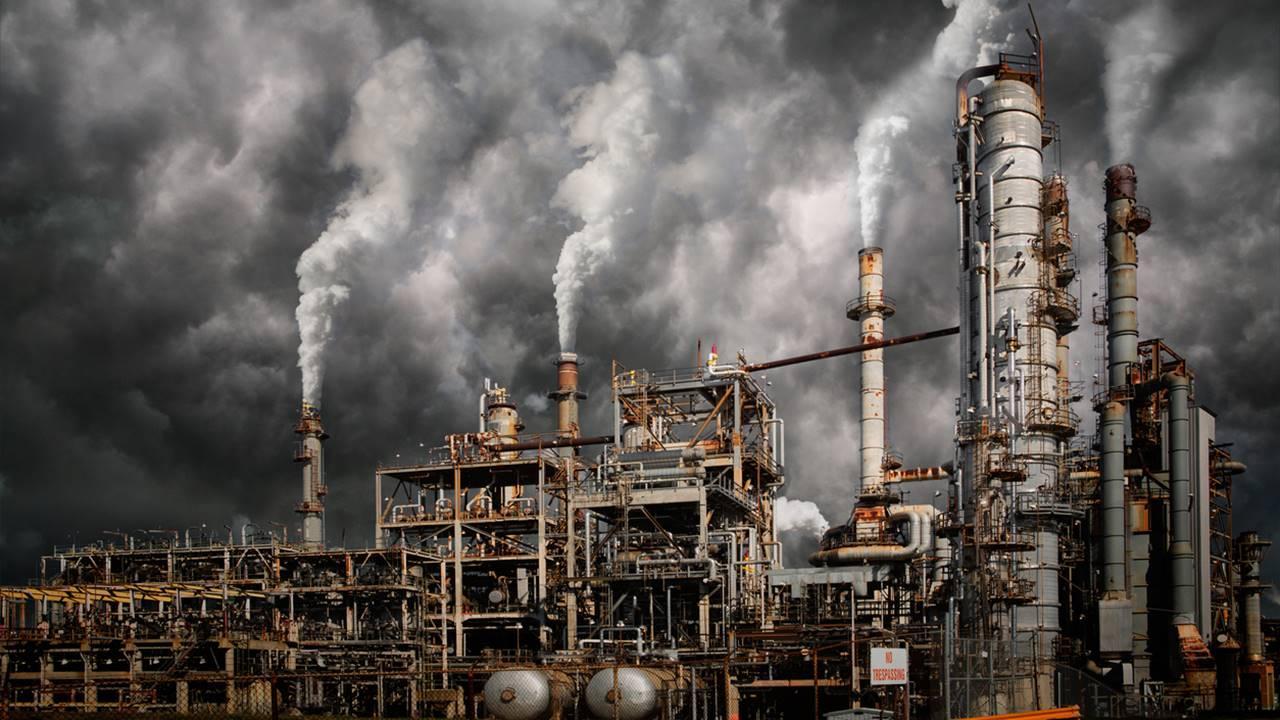It likely would only be a fleeting and less worrisome flirtation with the agreed-upon climate danger point, the United Nations weather agency said on Wednesday

Image used for representational purpose. Pic/iStock
There's a two-out-of-three chance within the next five years that the world will temporarily reach the internationally accepted global temperature threshold for limiting the worst effects of climate change, a new World Meteorological Organisation report forecasts.
ADVERTISEMENT
It likely would only be a fleeting and less worrisome flirtation with the agreed-upon climate danger point, the United Nations weather agency said on Wednesday.
That's because scientists expect a temporary burst of heat from an El Nino will supercharge human-caused warming from the burning of coal, oil and gas to new heights and then slip back down a bit.
The 2015 Paris climate agreement set 1.5 degrees Celsius (2.7 degrees Fahrenheit) as a global guardrail in atmospheric warming, with countries pledging to try to prevent that much long-term warming if possible. Scientists in a special 2018 United Nations report said going past that point would be drastically and dangerously different with more death, destruction and damage to global ecosystems.
"It won't be this year probably. Maybe it'll be next year or the year after that a year averages 1.5 degrees Celsius", said report lead author Leon Hermanson, a climate scientist at the United Kingdom's Met Office. But climate scientists said what's likely to happen in the next five years isn't the same as failing the global goal.
"This report does not mean that we will permanently exceed the 1.5C level specified in the Paris Agreement which refers to long-term warming over many years. However, WMO is sounding the alarm that we will breach the 1.5C level on a temporary basis with increasing frequency," WMO Secretary-General Petteri Taalas said in a statement.
"A single year doesn't really mean anything," Hermanson said. Scientists usually use 30-year averages. Those 66 per cent odds of a single year hitting that threshold in five years have increased from 48 per cent last year, 40 per cent the year before, 20 per cent in 2020 and 10 per cent about a decade ago. The WMO report is based on calculations by 11 different climate science centres across the globe.
The world has been inching closer to the 1.5-degree threshold due to human-caused climate change for years. The temporary warming of this year's expected El Nino -- a phenomenon that starts with a warming of parts of the central Pacific Ocean and then sloshes across the globe -- makes it "possible for us to see a single year exceeding 1.5C a full decade before the long-term average warming driven by human emissions of greenhouse gases does", said climate scientist Zeke Hausfather of the tech company Stripe and Berkeley Earth, who wasn't part of the WMO report.
Also read: 'Conflict, climate change, Covid, cost-of-living heighten threats for women'
"We don't expect the longer-term average to pass 1.5C until the early-to-mid 2030s," Hausfather said in an email.
But each year at or near 1.5 matters. "We see this report as more of a barometer of how we're getting close, because the closer you get to the threshold, the more noise bumping up and down is going to bump you over the threshold randomly," Hermanson said in an interview. And he said the more random bumps over the mark occur, the closer the world actually gets to the threshold.
Key in all this is the El Nino cycle. The world is coming off a record-tying triple dip La Nina -- three straight years of El Nino's cooler cousin restraining the human-caused warming climb -- and is on the verge of an El Nino that some scientists predict will be strong. The La Nina somewhat flattened the trend of human-caused warming so that the world hasn't broken the annual temperature mark since 2016, the last El Nino, super-sized one, Hermanson said.
And that means a 98 per cent chance of breaking the 2016 annual global temperature record between now and 2027, the report said. There's also a 98 per cent chance that the next five years will be the hottest five years on record, the report said. Because of the shift from La Nina to El Nino "where there were floods before, there will be droughts and where there were droughts before there might be floods," Hermanson said.
The report warned that the Amazon will be abnormally dry for a good part of the next five years while the Sahel part of Africa -- the transition zone between the Sahara on the north and the savannas to the south -- will be wetter.
That's ¿one of the positive things coming out of this forecast," Hermanson said. "It's not all doom-and-gloom and heat waves." University of Pennsylvania climate scientist Michael Mann said reports like this put too much emphasis on global surface temperature, which varies with the El Nino cycle, even though it is climbing upward in the long term. The real concern is the deep water of oceans, which absorb an overwhelming majority of the world's human-caused warming, leading to a steady rise in ocean heat content and new records set regularly.
Mann said it's wrong to think the world's about to exceed the threshold any time now because "a concerted effort to lower carbon emissions can still avoid crossing it altogether," Mann said. "That's what we need to be focused on."
This story has been sourced from a third party syndicated feed, agencies. Mid-day accepts no responsibility or liability for its dependability, trustworthiness, reliability and data of the text. Mid-day management/mid-day.com reserves the sole right to alter, delete or remove (without notice) the content in its absolute discretion for any reason whatsoever.
 Subscribe today by clicking the link and stay updated with the latest news!" Click here!
Subscribe today by clicking the link and stay updated with the latest news!" Click here!







